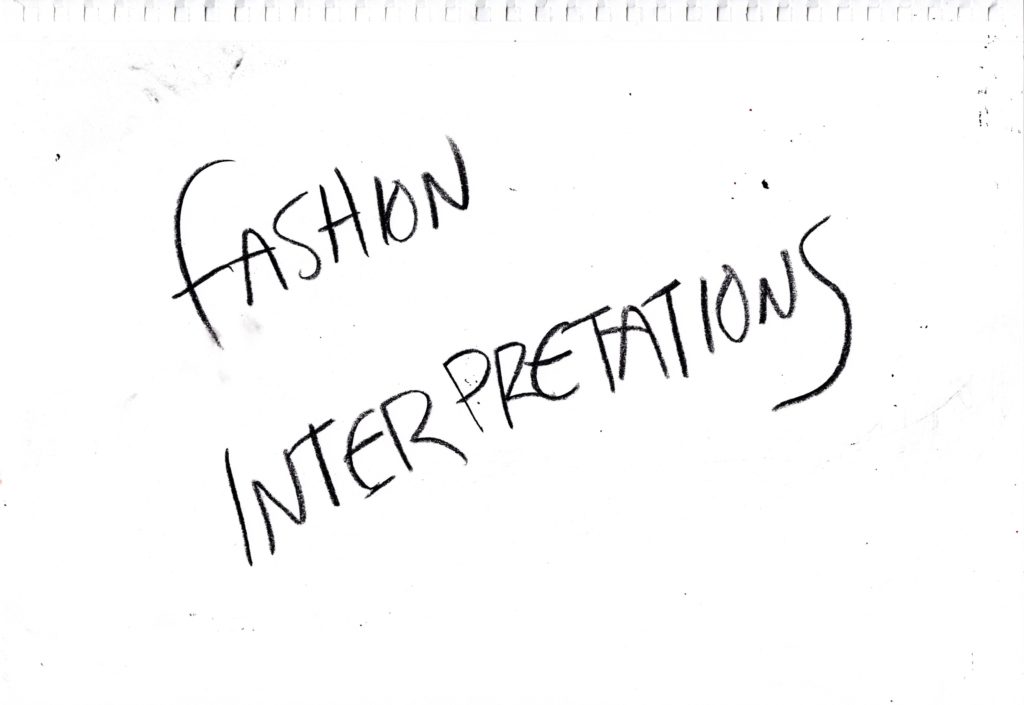
This international, interdisciplinary network focuses on the ways modern and contemporary fashion is continually reinterpreted through varied mediums, to gain insight into the ways representational modes translate and reconfigure the meaning of fashion itself. Through a series of events and a publication, it brings together academics, curators, stylists, editors, illustrators and artists to examine their own practice and reflect on case studies from the past.
Fashion history and theory rarely considers the importance of media and how drawings, photographs and exhibitions, for example, each re-articulate representation and reception of designed objects. This is a transitional moment within fashion interpretations, as digital media have provided greater access than ever to photographs and film of dress, while simultaneously aiding the revival of its more traditional rendition as illustration. In the past few years platforms such as Instagram have radically altered the way media are seen, and evened out differences by placing them all on a screen. In so doing, fashion brands and consumers have altered their expectations of what fashion is, can be and how its representation impacts its reception.
This network unites academics with practitioners to enable interrogation of the ways fashion is transformed by its varied iterations. Its focus is on representational forms, that is, what happens once a garment enters the network of media in which it is interpreted for a wider public, whether magazine readers, gallery visitors, or Instagram viewers. It develops greater understanding of fashion as visual and material culture, and builds upon the strengths of the co-investigators and their respective institutions. In so doing, it considers the ways shifts in mediums used, for example the change from illustration to photography, were facilitated by technology, for example, printing capabilities and digital media, but also connect with perceptual changes in the way viewers and consumers look at fashion, and perceive its meanings.
UKRI Arts and Humanities Research Council

